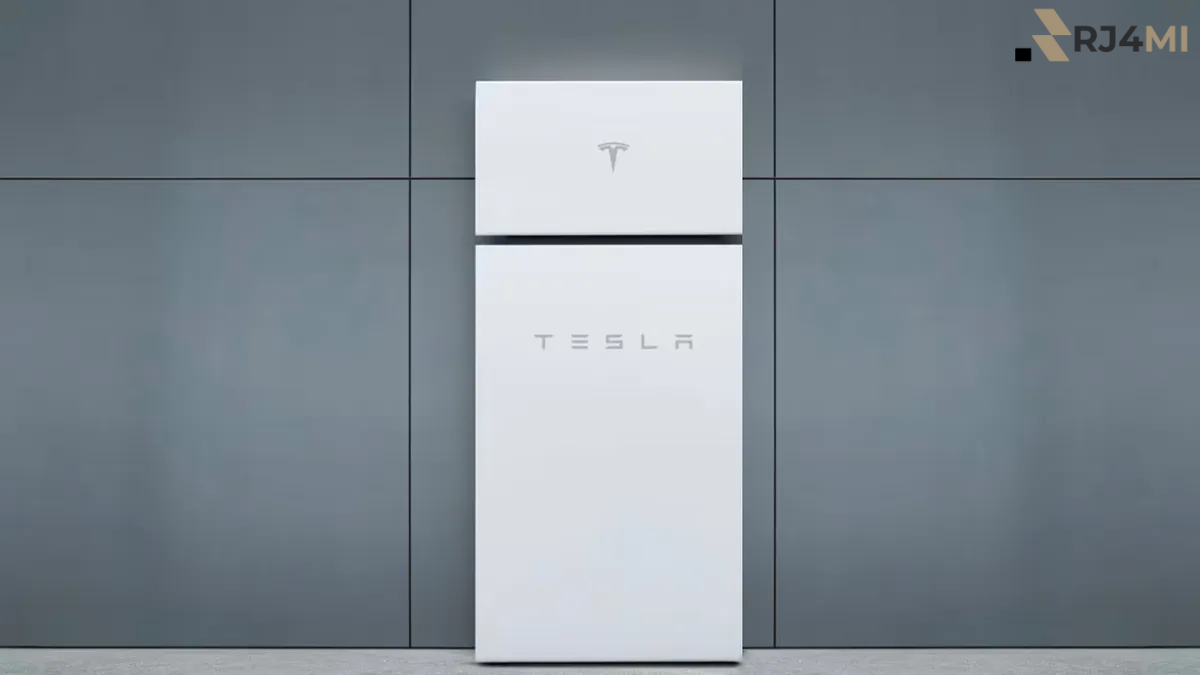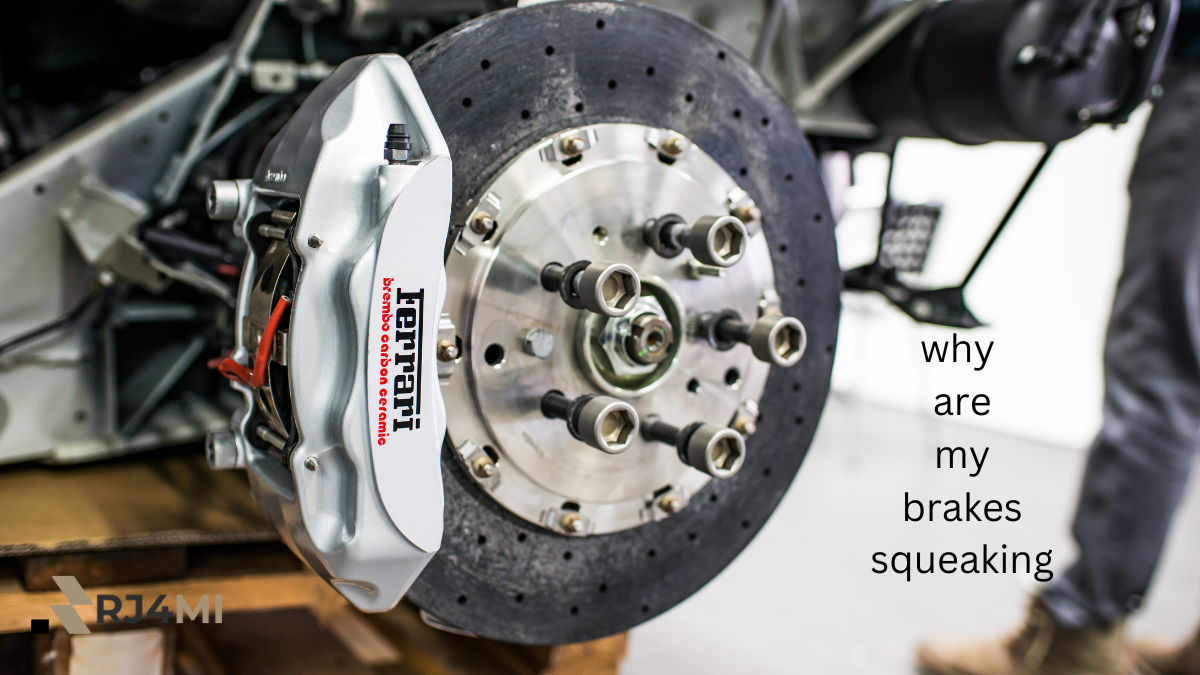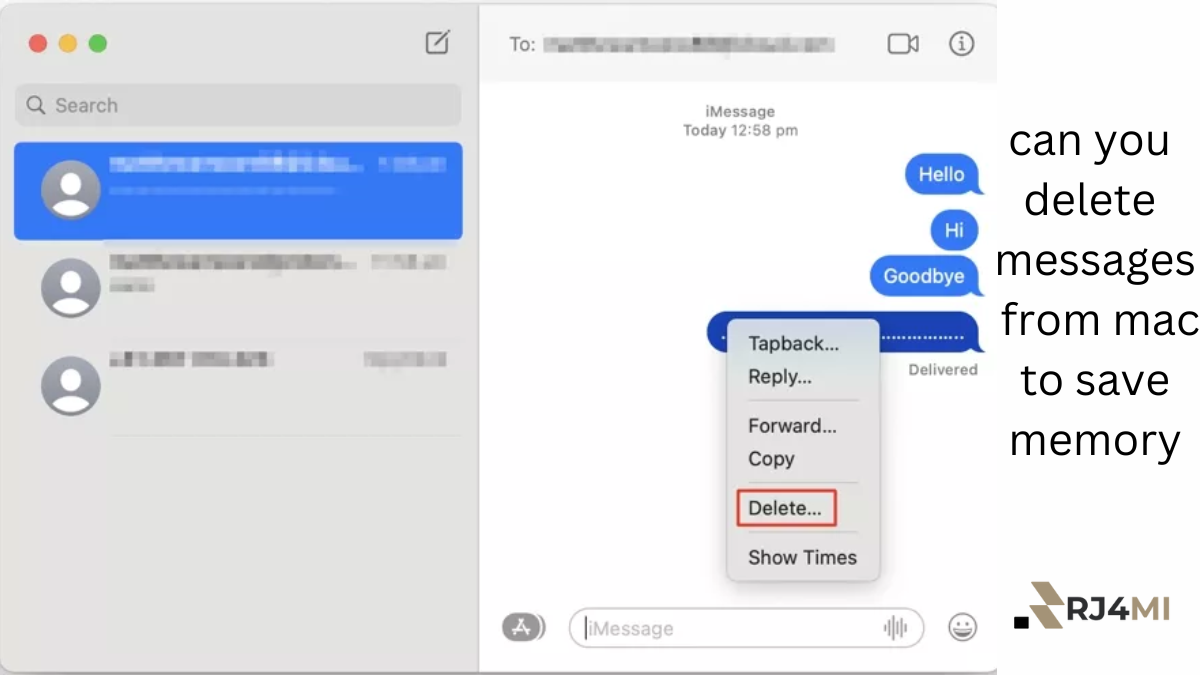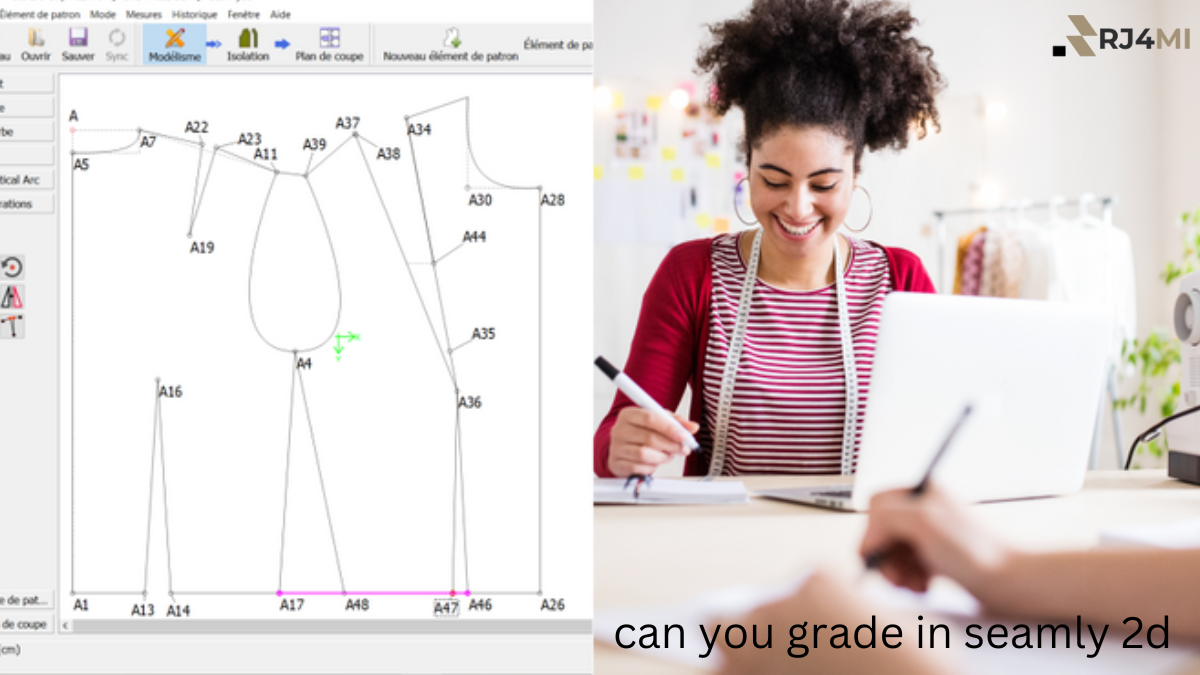Table of Contents
The Tesla Powerwall 2 is a popular energy storage system designed for homes. It captures energy from solar panels or the grid, storing it for later use, especially during power outages. While the Powerwall is an excellent way to keep things running smoothly, there are instances when you might need a backup generator. This is where many people ask, Can you hook up a generator to a Tesla Powerwall 2?
In short, yes, you can. But there are a few important things to consider to make sure everything works seamlessly. Let’s dive into how it’s done and why you might want to pair a generator with your Tesla Powerwall 2.
Why Would You Need a Generator with a Tesla Powerwall 2?
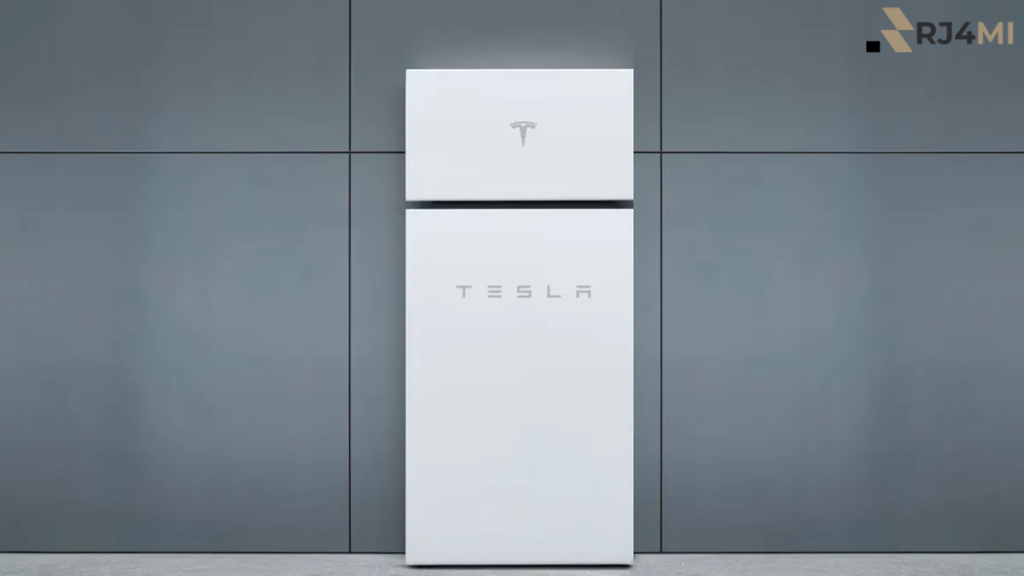
You might wonder, If the power stores energy, why would I even need a generator? Well, in some cases, your stored energy might not be enough. For example, during extended outages or periods with little sunlight, your Powerwall may run out of stored power.
By hooking up a generator, you can provide extra electricity when the powerwall’s stored energy depletes. This means no interruption in powering your home, even in the longest outages. But before diving in, you need to understand how to connect a generator to your Tesla Powerwall 2 safely.
Can You Hookup a Generator to a Tesla Powerwall 2 Safely?

The process of connecting a generator to a Tesla Powerwall 2 is more complex than hooking it up to a regular appliance. To ensure everything runs smoothly and safely, you’ll need to follow a few specific steps and have the right components.
Steps to Connect a Generator to a Tesla Powerwall 2:
- Use a Transfer Switch: You cannot directly connect a generator to your Powerwall. First, you need to install a transfer switch. This device helps direct the power flow from the generator to the Powerwall, ensuring they don’t conflict. A transfer switch ensures that the generator and Powerwall do not try to power your home at the same time, preventing potential damage.
- Generator Compatibility: Not all generators are compatible with the Tesla Powerwall 2. Make sure your generator supports the specifications needed to pair it with the power. Generators that produce clean, stable power are necessary to avoid damaging your Powerwall system.
- Install a Tesla Gateway: If you don’t already have one, installing a Tesla Gateway is a must. This device helps manage energy flow between your solar panels, power wall, and generator. It ensures your system operates efficiently and safely when switching between power sources.
- Hire a Professional Electrician: Hooking up a generator to a Tesla Powerwall 2 requires electrical expertise. It’s highly recommended that a certified electrician familiar with Tesla systems be hired to handle the installation.
By following these steps, you can safely connect a generator to your Powerwall 2 and ensure backup power flows seamlessly during an outage.
Types of Generators That Work with Tesla Powerwall 2
Can you hook up a generator to a Tesla Powerwall 2? It’s important to know that not all generators are the same. Only certain types of generators will work efficiently with the Powerwall system.
Inverter Generators
Inverter generators are the best option to pair with the Tesla Powerwall 2. They produce clean, stable power, making them safe for sensitive electronics, which include your Powerwall system. These generators are also fuel-efficient and quieter than traditional generators.
Standby Generators
Standby generators are another good option for homes with a Tesla Powerwall 2. These units are larger, permanent installations that automatically kick in when the power goes out. They work well with powerwalls if they are properly integrated and use the right equipment.
Portable Generators
While less efficient than inverter or standby generators, portable generators can still work with a Tesla Powerwall 2. However, you’ll need to be extra careful about voltage and power quality. Installing the correct transfer switch and Gateway is essential to avoid damaging your Powerwall.
Key Benefits of Connecting a Generator to a Tesla Powerwall 2
You might be asking, Is hooking up a generator to my Powerwall really worth it? There are several benefits to doing so.
- Extended Power: If the grid is down for a long time or there’s little sunlight to charge your Powerwall, a generator gives you an extra power source, so you don’t have to worry about running out of energy.
- Energy Independence: Pairing a generator with a Powerwall brings you closer to complete energy independence. Even if the sun doesn’t shine for days or your Powerwall can’t recharge, your generator will step in to keep things running.
- Increased Resilience: With a generator and a Powerwall working together, your home is more resilient during storms or natural disasters. While the Powerwall keeps things going for a while, the generator ensures you won’t be left in the dark during longer outages.
FAQs About Hooking Up a Generator to a Tesla Powerwall 2

Can I hook up any generator to my Tesla Powerwall 2?
Not all generators will work with a Tesla Powerwall 2. It’s important to use one that produces clean, stable power and is compatible with Tesla’s system requirements.
Does Tesla recommend using a generator?
Tesla does not officially recommend using a generator with the Powerwall. However, many homeowners find it useful for extended power outages. If you decide to hook up a generator, make sure you follow Tesla’s guidelines to ensure everything is safe and operational.
How much does it cost to connect a generator to a Tesla Powerwall 2?
The cost can vary depending on the type of generator and the complexity of the installation. Hiring a professional electrician and buying a transfer switch and Gateway will add to the cost, but it’s essential for safe operation.
Also read: Can you hookup a generator to a Tesla Powerwall 2?
So, can you hook up a generator to a Tesla Powerwall 2? Yes, but it requires careful planning, the right equipment, and professional installation. When done properly, adding a generator can extend your home’s power during long outages and increase your energy independence. Just make sure your generator is compatible, and always follow the necessary safety steps to keep your system running smoothly.

